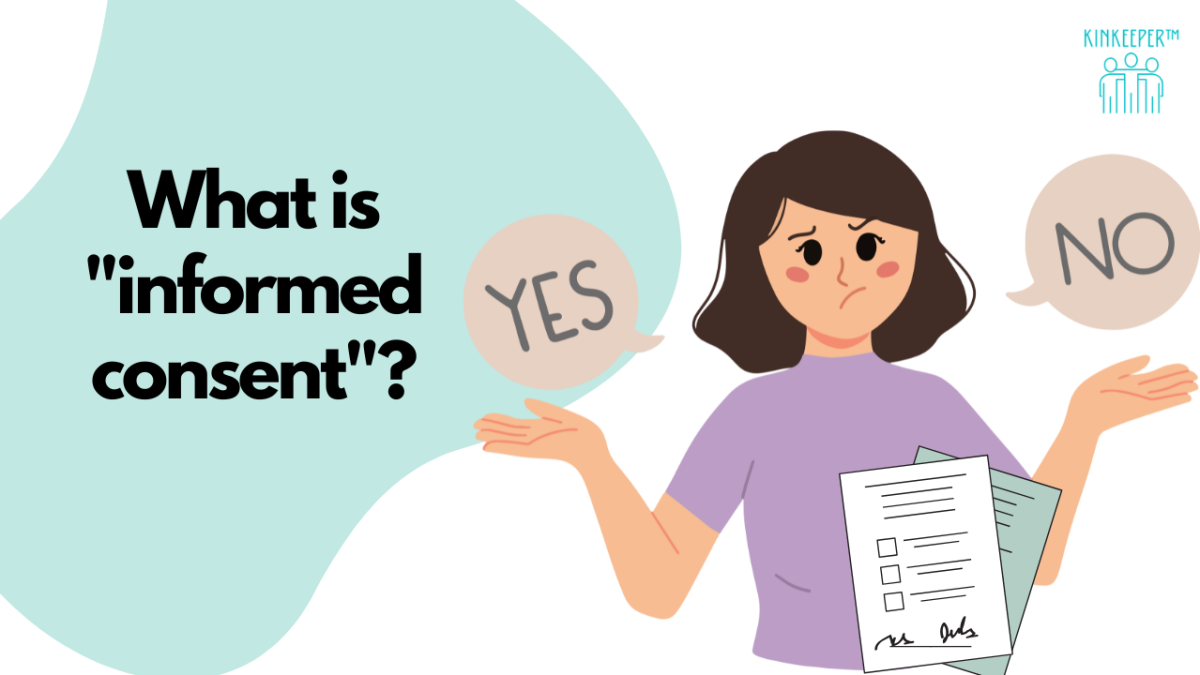What is "informed consent"?

If a person lacks capacity to make treatment decisions for themselves, their "substitute decision-maker" is asked to provide consent on their behalf.
What is a substitute decision-maker entitled to know before they consent or decline to consent to a proposed treatment for a patient? This is the heart of what we call "informed consent".
The elements of "informed consent" are listed in Ontario's Health Care Consent Act:
11 (1) The following are the elements required for consent to treatment:
1. The consent must relate to the treatment.
2. The consent must be informed.
3. The consent must be given voluntarily.
4. The consent must not be obtained through misrepresentation or fraud.
Informed consent
(2) A consent to treatment is informed if, before giving it,
(a) the person received the information about the matters set out in subsection (3) that a reasonable person in the same circumstances would require in order to make a decision about the treatment; and
(b) the person received responses to his or her requests for additional information about those matters.
(3) The matters referred to in subsection (2) are:
1. The nature of the treatment.
2. The expected benefits of the treatment.
3. The material risks of the treatment.
4. The material side effects of the treatment.
5. Alternative courses of action.
6. The likely consequences of not having the treatment.
As stated above, a consent must be "informed". This means the substitute decision-maker is provided with information about the risks, benefits, alternatives, and side effects of the proposed treatment (or declining the treatment). It means that the substitute decision-maker's questions are answered to their satisfaction, EVEN if the patient does not want information shared with them. Informed consent is part of protecting patients and therefore actually trumps some of Ontario's privacy law, which in many cases allow a patient to dictate who has access to their personal health information.
*******************************************************************
If you’d like help understanding Ontario's health laws or navigating healthcare challenges, Lisa Feldstein Law Office PC can likely support you. Just email admin@lisafeldstein.ca to inquire about our legal services or visit us at www.familyhealthlaw.ca.
 Lisa Feldstein
Lisa Feldstein 